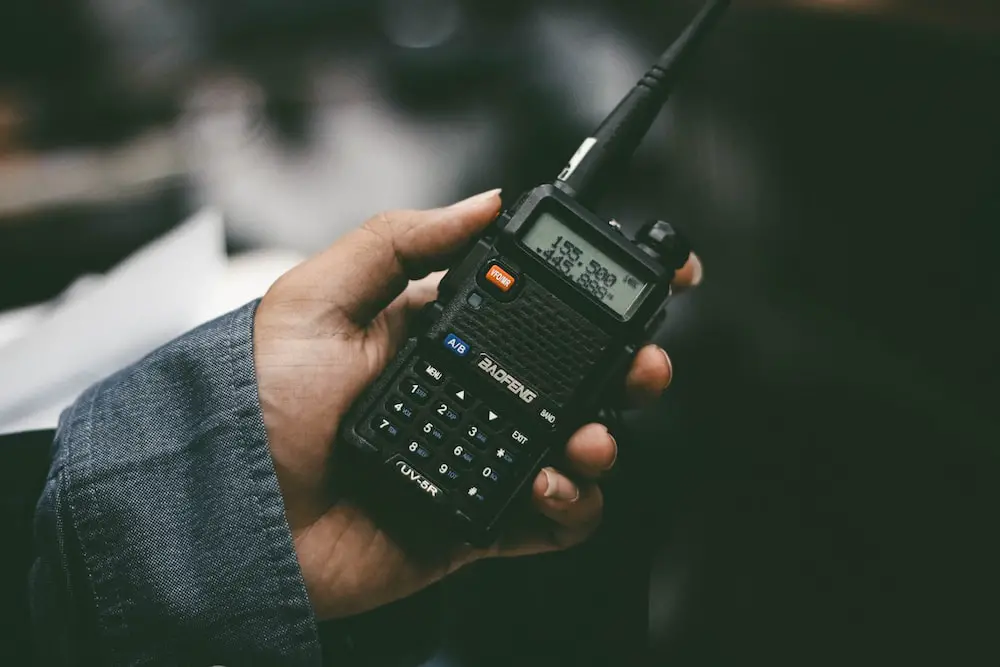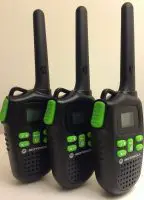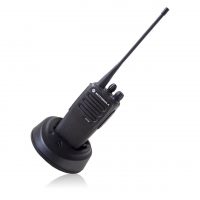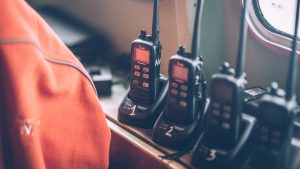Walkie-talkies have evolved into a necessary tool for communication in many contexts, including outdoor activities, building sites, and even workplaces. With so many different types of walkie-talkies available on the market, each offering their own sets of benefits, it can be hard to determine the features that are essential for you.
The range of a walkie-talkie is amongst its most crucial aspects, but is it the most important aspect?
Table of Contents
What Exactly is Range?
Let’s start with a definition of range as it relates to two-way radios. The effective range of two walkie-talkies is the distance at which they can communicate without losing quality. How far will walkie-talkies reach depends upon a number of factors, including the frequency, terrain, transmitter power, and the weather.
Choosing the Best Range Walkie-Talkies
As far as choosing the best walkie-talkies for long range goes, the specific needs of the user must be considered. For instance, if you intend to use a walkie-talkie for camping, hunting, or other outdoor adventures, you may need the best walkie-talkies for adults long range compared to someone who will be using a walkie-talkie in an office or other indoor setting. The best long-range walkie-talkies for adults have a range of between 10 and 30 miles.
The Midland GXT1000VP4, Motorola T600 H2O Talkabout Radio, and Cobra ACXT645 Walkie-Talkie are amongst the best long-range two-way radios. Alongside long-range, these walkie-talkies also offer a great deal of versatility and can be used in a wide range of settings.
But it’s important to remember that the range manufacturers say their products can go may not always be true in real life. A walkie-talkie’s range can be affected by a number of factors, including the weather, terrain, and obstacles like trees, houses, or hills. Walkie-talkies with a range of 10 miles or more only work when there are no obstacles in the way. Walkie-talkie range in a city, on the other hand, tends to be much lower.
Another popular choice on the market is the Onn walkie-talkie range, and is known for its affordability. In open terrains, Onn walkie-talkie range can go beyond 16 miles. However, as cautioned previously, the actual range can differ based on a variety of factors.
Tips for Maximising Your Walkie-Talkie Range
Walkie-talkies are indispensable communication devices, particularly for outdoor lovers, hunters, campers, hikers, and people working in remote locations. However, even the best walkie-talkies for long range can have their range reduced due to factors already discussed earlier. Thankfully, there are a few measures you can take to maximise your walkie-talkie range.
1) Choose One of the Best Range Walkie-Talkies
Choosing a walkie-talkie with a long range is the first step in maximising your device’s range. Consider purchasing walkie-talkies with a range of 10 kilometres or more, depending on your individual demands.
Walkie-talkies with a greater output power and a superior antenna typically have longer ranges.
2) Pick the Right Frequency
Walkie-talkies utilise many frequency bands, including FRS, GMRS, and MURS. Choosing the proper frequency for your walkie-talkie might increase its range.
FRS frequencies are optimal for short-range communication, but GMRS frequencies work best for long-range communication. GMRS frequencies require an FCC license, whereas FRS frequencies do not.
3) Utilise Repeater Stations
Adding a repeater station to your walkie-talkie system can greatly increase its range. If you have more than one walkie-talkie, you can send the signal from one to a repeater station, which will then send it on to the rest of the network. This can boost your walkie-talkie’s range by several miles.
4) Minimise Obstacles
A walkie-talkie’s range can be considerably reduced by obstacles like trees, buildings, and hills. But this also means that you can maximise your walkie-talkie’s range by minimising the obstacles in its path.
To make your walkie-talkie work better, you should find open areas or higher grounds where there are no hurdles blocking your view.
5) Reduce Interference
Interference is another factor that can affect your walkie-talkie range. To keep this from happening, stay away from electronic devices while operating your walkie-talkie. These devices include Wi-Fi routers, cell phones, and even other walkie-talkies in proximity.
Other Walkie-Talkie Features to Consider
While the walkie-talkie’s average range is certainly an important factor to consider when choosing a walkie-talkie, it is not the only one. Here are a few other critical walkie-talkie factors to focus on:
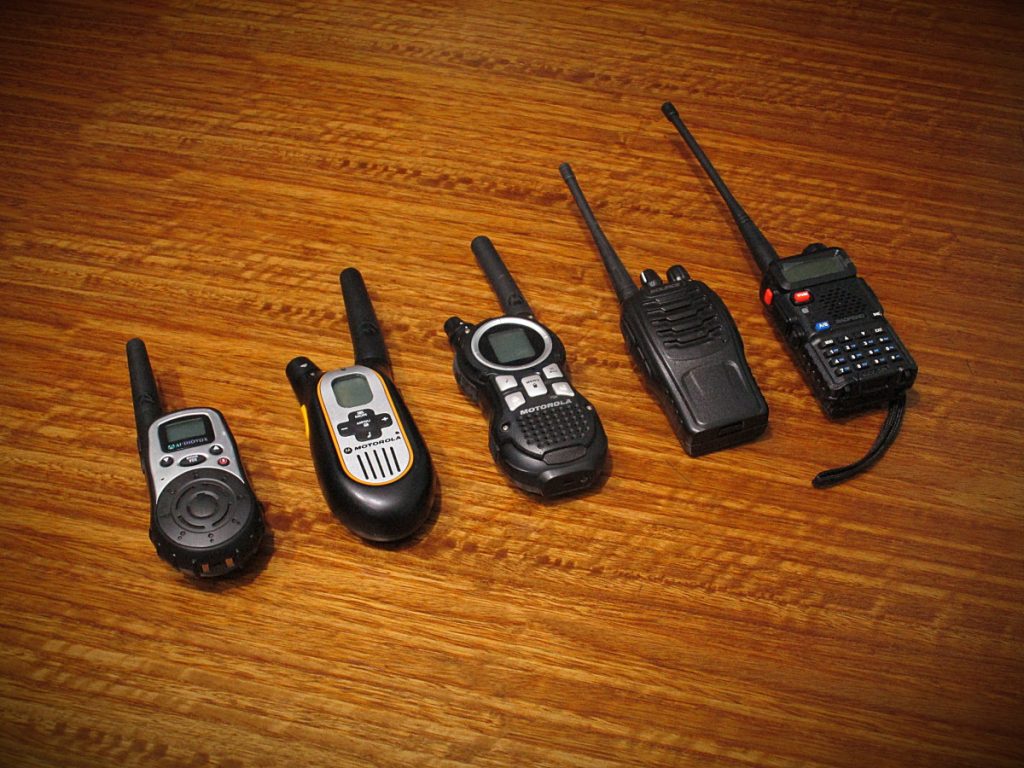
1) Battery Life
Having a long battery life is important, particularly if you intend to use the walkie-talkie outdoors. Look for a walkie-talkie with a battery that can be recharged or that uses AA batteries.
2) Frequency Range
Walkie-talkies communicate by using specific frequencies. It is critical to select a walkie-talkie that is compatible with the frequencies you will be communicating on.
3) Durability
Your walkie-talkie also needs to be durable, especially if it is to assist you on rough terrains. Look for a walkie-talkie that is built to last, can endure bumps and drops, and is waterproof or at least water-resistant.
4) Ease-of-Use
A walkie-talkie should not be hard to use, even for people who are not tech-savvy. Make sure to find an option that contains intuitive menus and offers easy operation.
5) Added Features
Walkie-talkies are often integrated with extra features, including GPS, voice activation, and weather alerts. Focus on the features most important to you, and choose a walkie-talkie that comes embedded with those.
Wrapping Up
To sum up, range is certainly one of the first features to consider in a walkie-talkie, particularly if you plan to use it for outdoor activities or in remote locations.
That said, other factors like battery life, durability, frequency range, and ease-of-use, all contribute to a walkie-talkie’s performance and usability. We hope that the information provided in this article will help you understand more about walkie-talkie range and how you can maximise it, as well as about some of the other features you should consider before purchasing a walkie-talkie.


